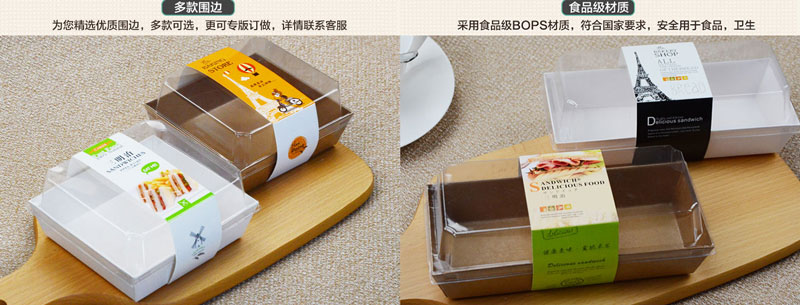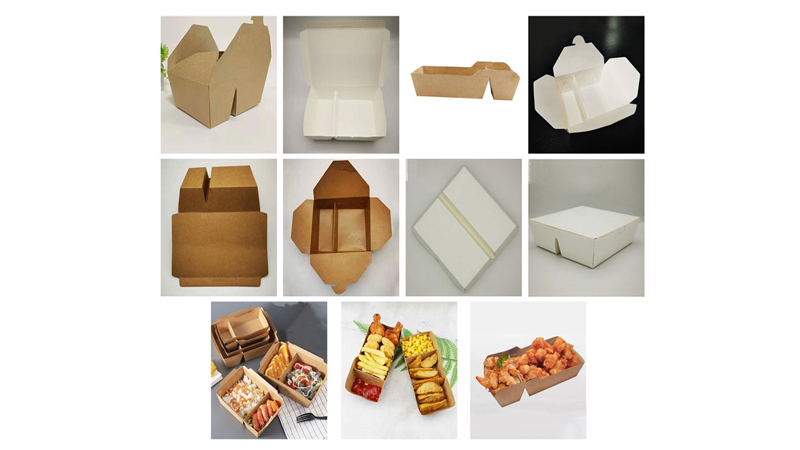Selecting the ideal box forming machine requires careful consideration of your production needs, material specifications, and desired output. This guide will help you navigate the key differences between various types of box forming machines to make the best choice for your packaging operation.
When choosing a Box Forming Machine, first clarify your specific needs: choose a fully automatic high-speed model for standard box types; choose a system with hot melt adhesive function for food packaging; consider an integrated die-cutting and creasing machine for special-shaped boxes; when processing special materials, ensure that the heating and bonding processes are compatible.
Best suited for: Fast food packaging, takeout containers, and retail boxes
Key advantages:
High-precision servo systems ensure consistent box quality
Vacuum-assisted folding and gluing for secure seams
Ideal for high-volume production of standard box shapes
Reliable performance for 24/7 operation

Optimal for: Food-grade packaging, grease-resistant boxes, and specialty food containers
Standout features:
Heat-activated gluing systems for superior bond strength
Integrated pre-folding and final forming in one machine
Designed for wax-coated or PE-laminated materials
Space-saving single-machine solution

Perfect for: Custom-shaped packaging, cup and bowl blanks, intricate designs
Key benefits:
Combined die cutting and precision creasing in one pass
Continuous roll-fed operation maximizes efficiency
Automated waste removal minimizes downtime
Excellent for producing curved or circular packaging components

4. Specialty Shape Forming Machines
Ideal for: Hexagonal, octagonal, or other geometric containers
Unique capabilities:
Advanced hot air bonding for complex seams
High-speed automated production
Specialized tooling for non-standard shapes
Consistent quality for intricate designs
1. Production Volume
High-volume operations need fully automated systems
Lower volumes may benefit from semi-automatic options
2. Material Type
Standard cardboard vs. coated/laminated materials
Thickness and structural requirements
3. Box Complexity
Simple folding vs. intricate designs
Special features like handles or windows
4. Floor Space
Compact all-in-one machines vs. multi-stage systems
Summarize
When choosing a Box Forming Machine, you should consider the matching of production requirements (order quantity) with equipment characteristics (such as PLC control/hot air bonding, etc.) and typical application scenarios. We recommend a three-step decision-making method of "product-process-parameter": first determine the box material and output, then select the appropriate process based on the complexity, and finally compare key equipment specifications such as speed and accuracy. Special attention should be paid to avoid over-specifications and material compatibility issues, while giving priority to the scalability of the equipment.
As an industry-leading manufacturer, Daqiao can provide high-quality customized solutions. If you are still hesitant and don't know how to choose the right equipment, contact us. Our professional technicians will select the Box Forming Machine that best suits your production for you online.
GET A QUOTE